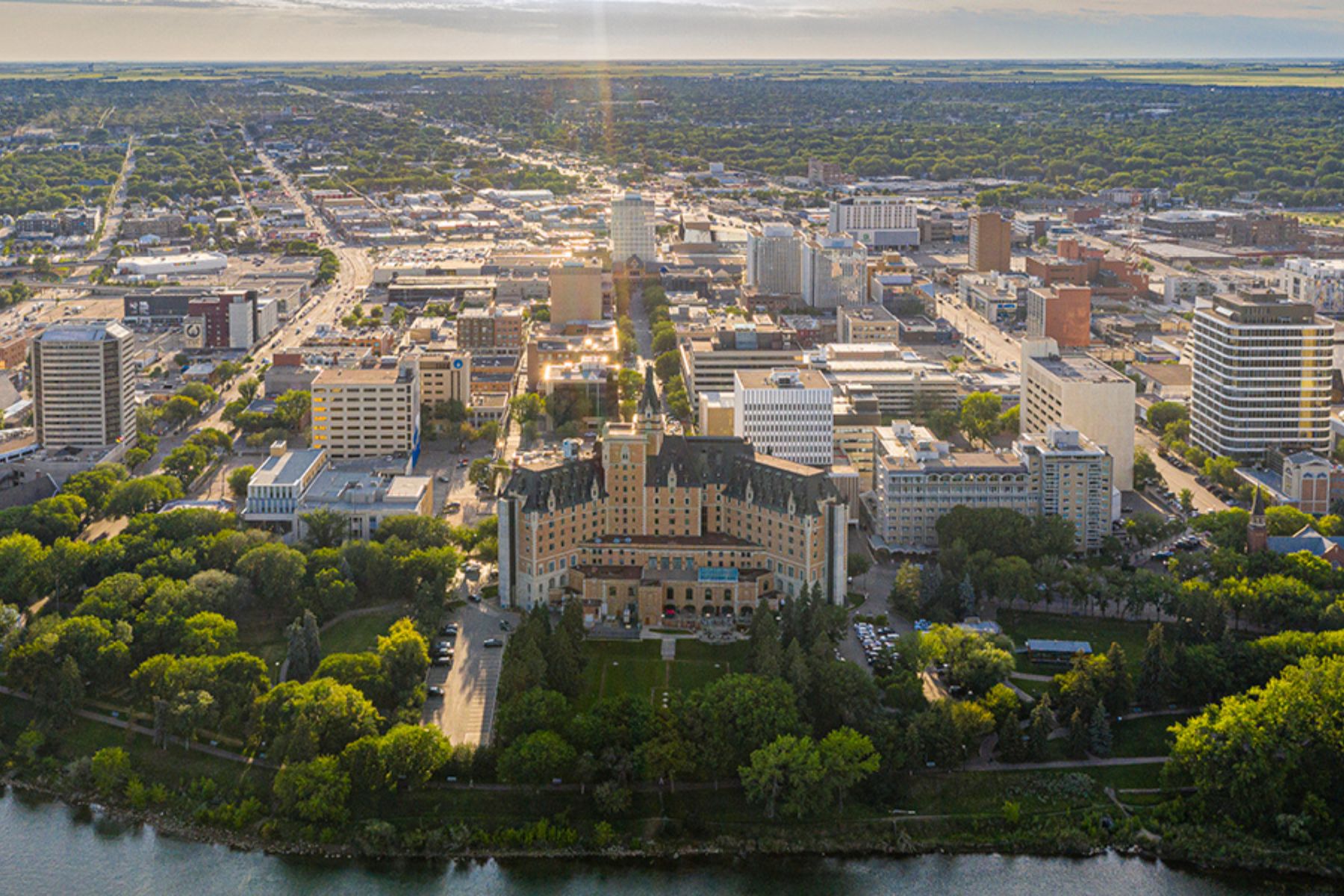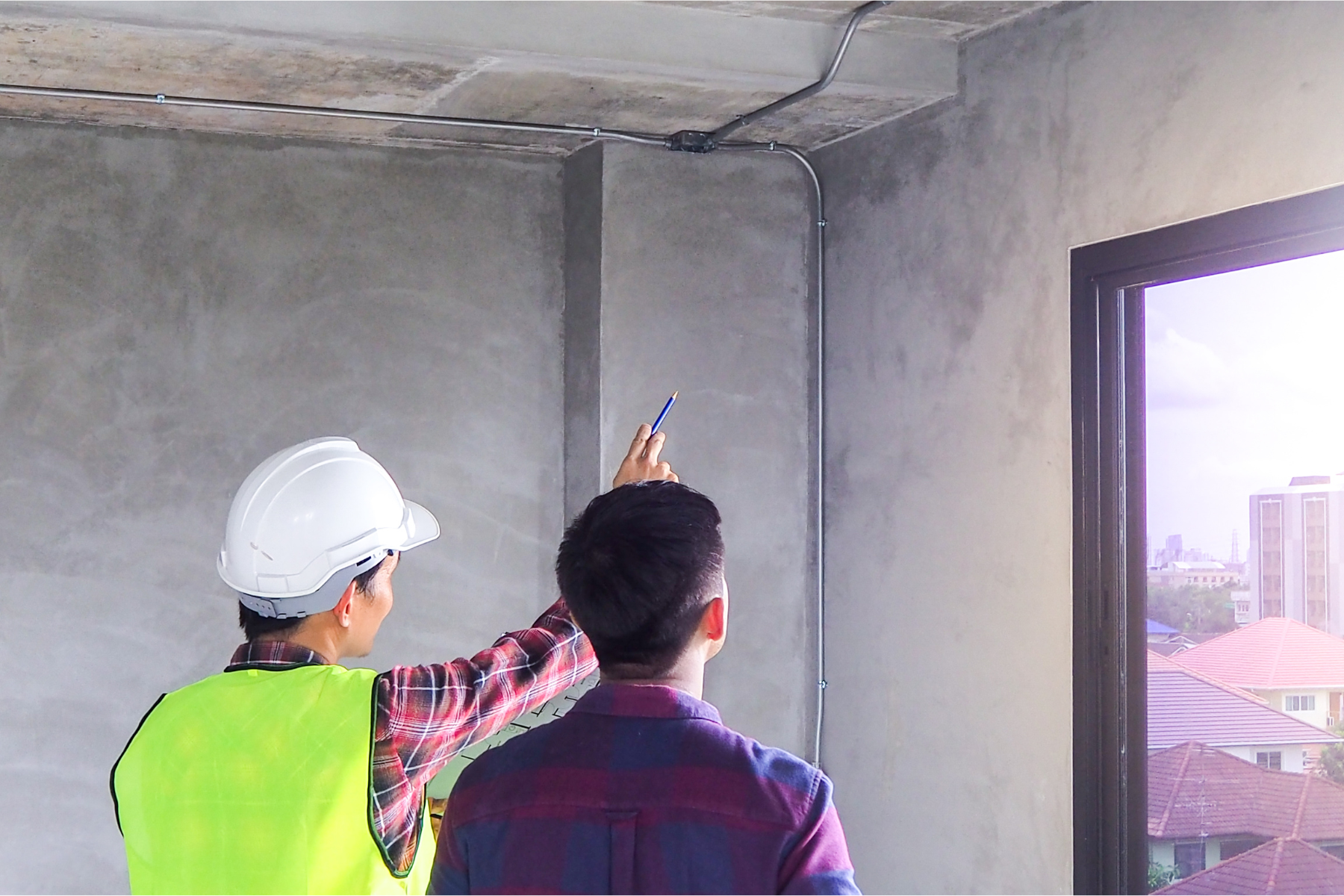International students are an invaluable part of the prospective Canadian workforce that can help address the critical skilled labour shortages facing many Canadian industries, including construction, manufacturing, and agriculture. However, Canada’s current policies are at odds with the objective of having international students stay and work in Canada. If this is unaddressed, Canada will fail to retain the workers it critically needs.
To achieve this, the disconnect between the realities international students face and the policies and programs of the federal government needs to be addressed. In this blog, we will explore some of the challenges and barriers international students face when looking for work or to transition into permanent residency, and offer recommendations to plug this gap.
Challenges from the International Student Perspective
The number of international students in Canada has tripled over the last twenty years and as of 2022, Canada has 807,750 international students. The percentage of international students who participate in the labour force while they are studying also rose from 7% in 2000 to 57% in 2018. Despite a significant majority of international students wanting to not just study in Canada, but build a life in Canada, the challenges that they face as working students, when transitioning from students to Post Graduate Work Permit (PGWP) holders, and when seeking permanent residency (PR) makes this road difficult. Current policies create many barriers for international students throughout their studies, as well as when transitioning into a temporary worker status following their graduation.
Challenges for Study Permit Holders
International students tend to have unequal access to meaningful job opportunities in Canada. One major barrier is the lack of access to some of the most common wage subsidy programs, such as the Canada Summer Jobs program. Many sectors facing acute labour shortages, including agriculture and forestry, tend to hire many entry-level roles through the Canada Summer Jobs program, which makes it difficult for international students to get a foot in the door and gain experience in these sectors. This leads to situations where the federal government has expanded international student visas and their working capacity, but not the programs, policies, and language to accommodate the reality of working international students. For instance, Immigration, Refugee and Citizenship Canada removed a restriction on the hours that international students could work off campus from November 2022 to December 2023 in order to help with Canadian labour shortages and provide students opportunities to gain off-campus work experience (often to these students’ detriment as they pursue jobs unrelated to their studies while, depending on how many hours they work, their studies are negatively impacted). At the same time, the government justifies the exclusion of international students from being eligible for the Canada Summer Jobs program by saying “the temporary nature of an international student’s time in Canada does not allow for a long-term connection to the labour market” – although the Canada Summer Jobs program provides work experience that is typically highly specific for a student’s field of study.
Similarly, international students are not eligible for the Student Work Placement Program (SWPP), a program that offers work opportunities to students who are connected to their field of study and provides wage subsidies. If the government’s stated policy goal is for international students to gain Canadian work experience and become part of the workforce, this reality is at odds with the government’s objectives. While gaining relevant work experience as a student is always helpful, it can be of particular importance for international students to gain Canadian work experience, build a local network, and ease their transition into the workforce following graduation. Many employers still value local experience highly, and dismiss – consciously or unconsciously – highly qualified international students with little to no Canadian experience, despite the practice being considered discriminatory in some jurisdictions (e.g. Ontario).
Furthermore, during PLACE’s labour and skills research, we found that employers in communities like Winnipeg and Portage La Prairie, Manitoba want to hire and train international students to alleviate their labour shortages, especially in agricultural and manufacturing jobs. The persistent labour shortages among these industries have led them to recruit directly from schools and train on the job. However, a lack of available subsidies for international student work placement makes it harder to justify hiring them over domestic students who are eligible for subsidy programs like the Student Work Placement Program. Employers we spoke to hoped that if they are able to recruit international students with equivalent supports as domestic students, this could both help mitigate labour shortages in these smaller and more rural communities as well as incentivize these students to consider settling there.
Challenges for PGWP Holders
Following graduation, international students are eligible to apply for the PGWP, but processing times are typically long and unreliable. The validity of the PGWP is tied to the length of the study program but is a minimum of 12 months and a maximum of three years. While an applicant waiting for a permit to be processed is under a ‘maintained status’ (previously called implied status) even when their prior study permit has expired, this creates a great deal of uncertainty both for applicants and prospective employers. Additionally, the data shows that following graduation, international students tend to be looking for employment quite a bit longer than their domestic counterparts, with one poll suggesting that it takes an international student a little over 6 months to find their first job, while a domestic student tends to be employed within around 3 months. This poses not only financial challenges, but also shortens the time PGWP holders who seek to become PRs have to gain relevant experience to achieve PR status in Canada. Under the Canadian Experience Class, workers need at least 12 months of skilled Canadian work experience to qualify for PR, alongside other requirements, such as meeting necessary language levels. This delay in finding employment can also create issues such as no access to public healthcare in certain provinces like Ontario, where PGWP holders are required to provide documentation proving full-time employment for at least 6 months to be eligible for OHIP coverage. All of these barriers make it harder for international students to live, work, and integrate into Canadian society and are more examples of the discrepancies between rhetoric and reality for international students.
Even once a PGWP holder qualifies for permanent residency, long wait times and unexpected challenges can persist, such as when the IRCC temporarily paused most new invitations for permanent residency for almost one year between 2021 and 2022 with little communication. This resulted in thousands of PGWP permits expiring, leading to uncertainties for PGWP holders and their employers, and even some individuals considering to return to their home countries. If we are serious about ensuring that Canada is able to receive the benefits of thousands of new Canadians with educations from our institutions of higher learning joining our workforce, then we will need to better support them along their journeys to PR – or else Canada risks losing some of its greatest international talent…as well as its reputation as a welcoming, fair, and desirable destination for immigrants.
Recommended Changes
Currently, international students are still primarily considered temporary residents with little intention to stay in Canada, even though most international students intend to stay and join the local workforce. The ease of obtaining Canadian residency/citizenship is a major selling point for Canadian post-secondary institutions when recruiting international students. International students should be thought of as a talent pipeline for the Canadian labour market, especially for sectors facing acute labour shortages, but many current policies make it a difficult and exhausting path for international students to settle in Canada.
To solve this problem, the path for international students to settle in Canada (study permit – PGWP – PR) needs to become more seamless and less bureaucratic. Additionally, the issue of Canadian experience needs to be taken seriously: the more Canadian experience international students can gain during their studies, the easier the transition into the labour market. By allowing international students to participate in programs such as the Summer Wage Subsidy program for industries that are experiencing major and persistent labour shortages, not only can they gain meaningful experience during their studies, but it is also an opportunity to better connect sectors with acute labour shortages to an international talent pool.






